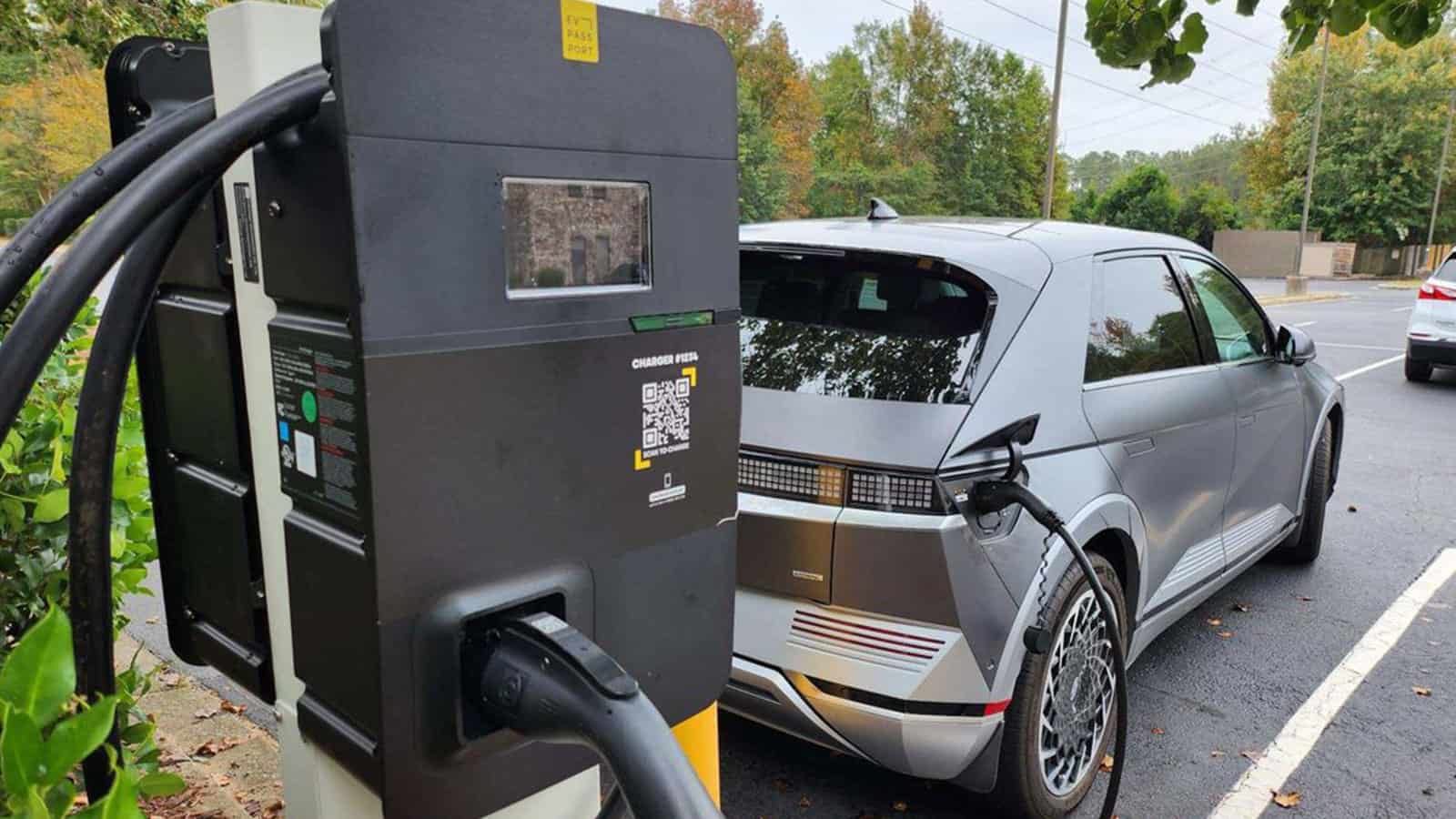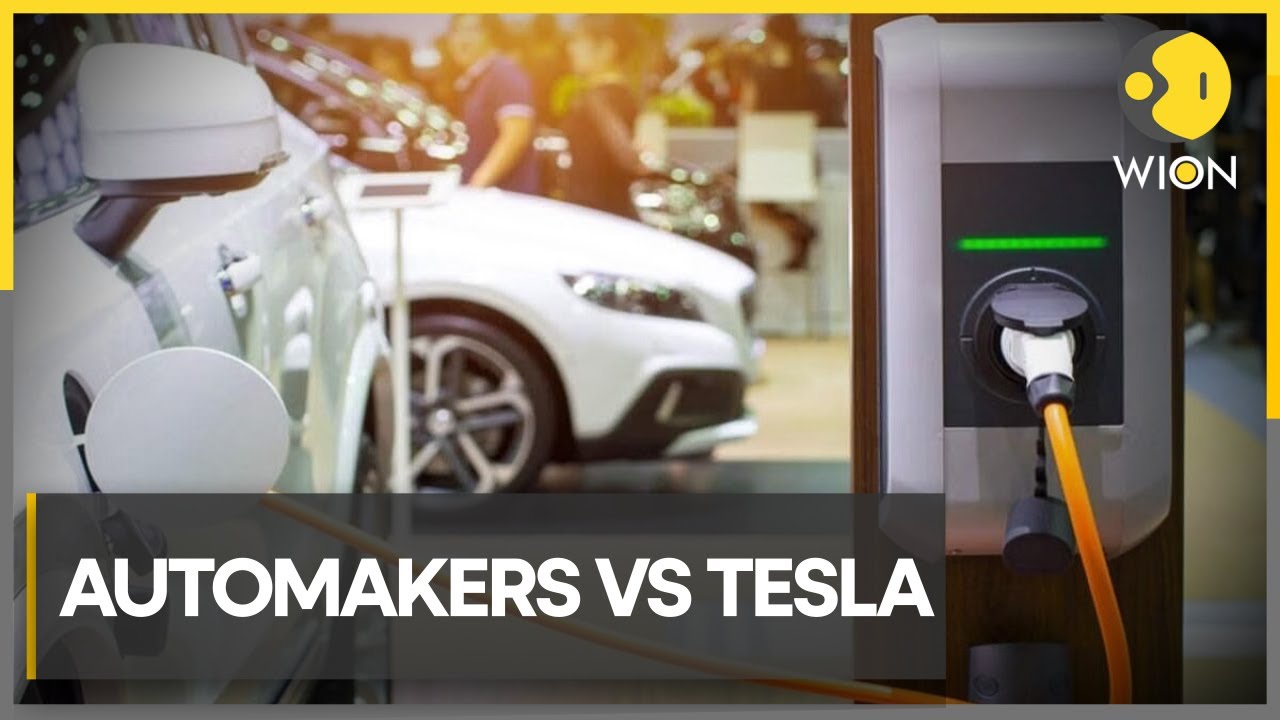Leading EV Charging News: Key Updates on Facilities and Innovation

Current Innovations in Fast-Charging Technology

Moreover, innovations in battery technology, consisting of boosted thermal management systems and greater energy density batteries, complement fast-charging capabilities. These advancements mitigate the danger of battery deterioration throughout quick charging, ensuring longevity and efficiency for EV proprietors.
Additionally, the combination of smart charging remedies is enhancing user experience, allowing real-time tracking and dynamic rates designs. EV Charging news. This flexibility enables motorists to enhance charging times and costs based on grid need
As automakers remain to purchase fast-charging networks, the cooperation between sector stakeholders is crucial. Partnerships between charging station companies and auto makers are leading the way for considerable insurance coverage, inevitably promoting an extra robust EV environment. These advancements are critical in supporting the transition to lasting transport.
Federal Government Efforts for Billing Growth
Federal government campaigns play a critical function in the development of electrical vehicle (EV) charging framework, facilitating the transition to lasting transportation. Various federal and state programs are being implemented to improve charging accessibility, minimize the economic problem on customers, and promote the fostering of electrical lorries.
Especially, the united state government has actually alloted significant financing via the Facilities Financial Investment and Jobs Act, which sets aside $7.5 billion for EV charging network growth throughout the country. This financing is targeted at releasing thousands of new billing terminals, especially in underserved areas, thus addressing array stress and anxiety among prospective EV buyers.
Furthermore, countless states are passing regulation to improve the allowing process for billing station installments, which is critical for speeding up deployment. Motivations such as tax credit scores and discounts for both customers and organizations are also being introduced to urge the setup of charging facilities.
Moreover, public-private partnerships are increasingly ending up being an emphasis, leveraging personal investment to complement federal government financing. These initiatives highlight a collaborative method vital for constructing a reliable and comprehensive EV charging network, ultimately adding to a greener and even more sustainable future.
Innovative Battery Solutions Enhancing Effectiveness
Reinventing the landscape of electrical vehicle (EV) modern technology, ingenious battery solutions are substantially enhancing effectiveness and performance. Advances in battery chemistry, specifically with lithium-sulfur and solid-state batteries, are causing boosted power thickness, which permits longer arrays and faster charging times. These new battery kinds have the possible to outshine standard lithium-ion batteries by offering higher abilities while decreasing weight, therefore improving overall automobile effectiveness.
Additionally, advancements in battery administration systems (BMS) are optimizing energy use and prolonging battery life-span. Intelligent formulas check battery health and wellness and efficiency, allowing real-time adjustments to charging and releasing processes. This not only improves the performance of the battery however also makes certain an extra trustworthy and sustainable energy resource for EVs.
Moreover, the assimilation of reusing innovations is attending to the environmental effect of battery manufacturing and disposal. Developments in second-life applications for EV batteries are facilitating their usage in energy storage systems, contributing to a round economy.
As these ingenious battery solutions continue to evolve, they assure to change the EV market, making electric vehicles more accessible and attractive to a broader target market while sustaining worldwide sustainability objectives.

Partnership Between Automakers and Charging Networks
Identifying the crucial demand for a durable charging facilities, car manufacturers are increasingly collaborating with billing network service providers to boost the EV possession experience (EV Charging news). These partnerships intend to develop a seamless billing ecological community that profits customers and sustains the shift to electric lorries
Major vehicle brands are signing up with pressures with well-known billing networks click this to increase their billing station coverage, making certain motorists have access to trustworthy and hassle-free charging alternatives. For example, collaborations with networks like ChargePoint and Electrify America allow car manufacturers to integrate billing options straight into their automobiles' navigating systems, leading users to the nearest terminals and offering real-time availability updates.
Moreover, these partnerships commonly lead to the development of fast-charging modern technologies that dramatically decrease the moment needed to recharge an EV. By pooling sources and competence, automakers and charging networks can innovate much faster, developing remedies that fulfill the growing need for electric flexibility.
Furthermore, joint initiatives might additionally lead to even more standard billing protocols, which can ease customer complication and advertise more comprehensive EV fostering. In general, these tactical alliances are crucial in developing a easy to use and reliable charging facilities that fulfills the needs of a broadening electrical vehicle market.
Challenges Encountering EV Charging Facilities
As the electric automobile market continues to expand, several obstacles are surfacing that prevent the development of an extensive charging framework. One of the primary barriers is the not enough variety of billing stations, specifically in country and underserved metropolitan areas. This gap creates variety stress and anxiety among potential EV purchasers, discouraging them from making the button.
Furthermore, the lack of standardization in charging innovation makes complex the framework landscape. Variants in plug kinds and charging speeds can create complication for users and boost functional intricacies for charging network drivers. In addition, the integration of billing terminals into existing electric grids postures significant difficulties. Several regions encounter capability constraints, needing substantial financial investments in grid upgrades to accommodate increased demand.
Another pressing concern is the high price connected with the installment and maintenance of charging terminals, which can be an obstacle webpage for both public click this link entities and personal companies. Governing difficulties and zoning restrictions can postpone the implementation of charging infrastructure, hampering development in increasing crucial services. Resolving these obstacles will certainly be important for cultivating a robust EV ecosystem that sustains the shift to sustainable transportation.
Conclusion
In conclusion, the continuous improvements in EV billing modern technology, sustained by considerable federal government campaigns and ingenious battery options, are essential for the development and efficiency of electric lorry infrastructure. Partnerships between car manufacturers and billing service providers better boost station insurance coverage, resolving the growing need for accessible charging options. Regardless of challenges that continue within the EV billing landscape, these advancements signify a favorable trajectory towards a much more efficient and sustainable electrical automobile environment.
Developments in charging framework have led to the development of ultra-fast chargers capable of providing up to 350 kW of power, significantly decreasing billing times. Variants in plug types and charging speeds can develop confusion for individuals and raise functional complexities for billing network operators.In final thought, the ongoing improvements in EV charging technology, supported by significant government initiatives and ingenious battery services, are vital for the development and performance of electric automobile infrastructure. Collaborations in between automakers and billing carriers additionally enhance station coverage, dealing with the growing need for available billing options. In spite of challenges that linger within the EV billing landscape, these developments signify a favorable trajectory in the direction of a more reliable and lasting electric vehicle ecosystem.